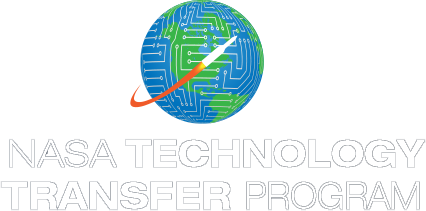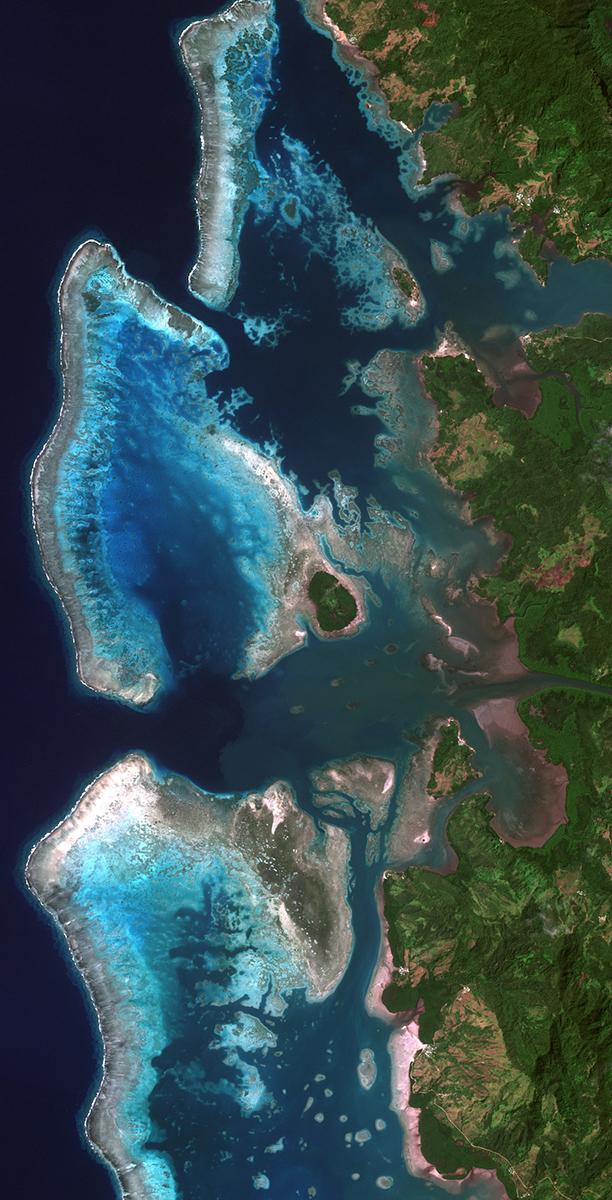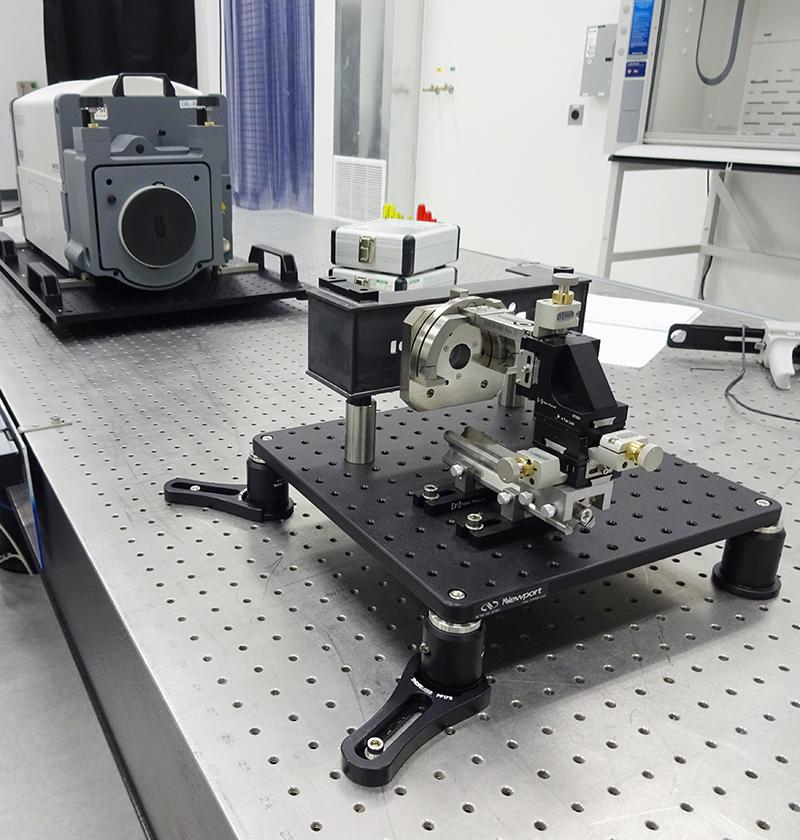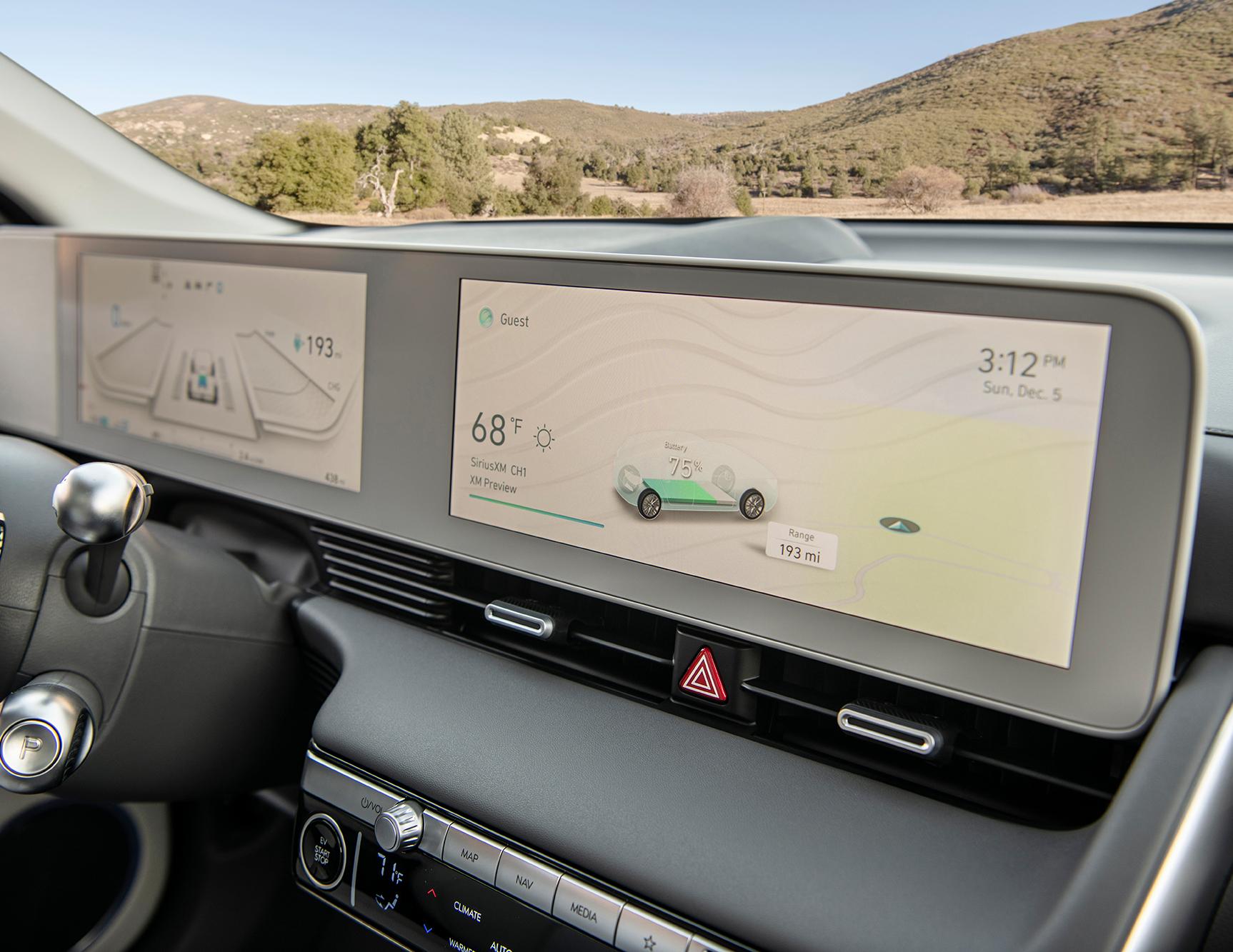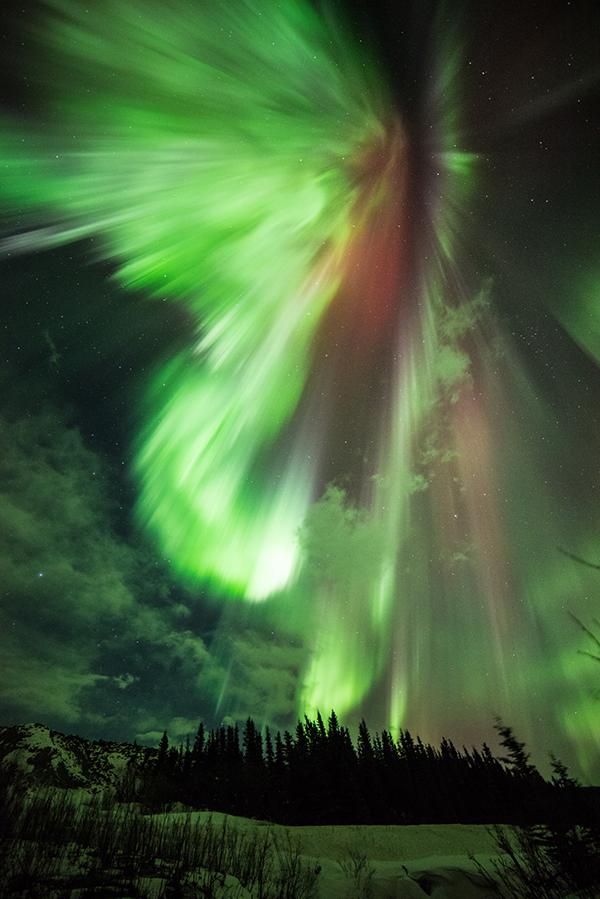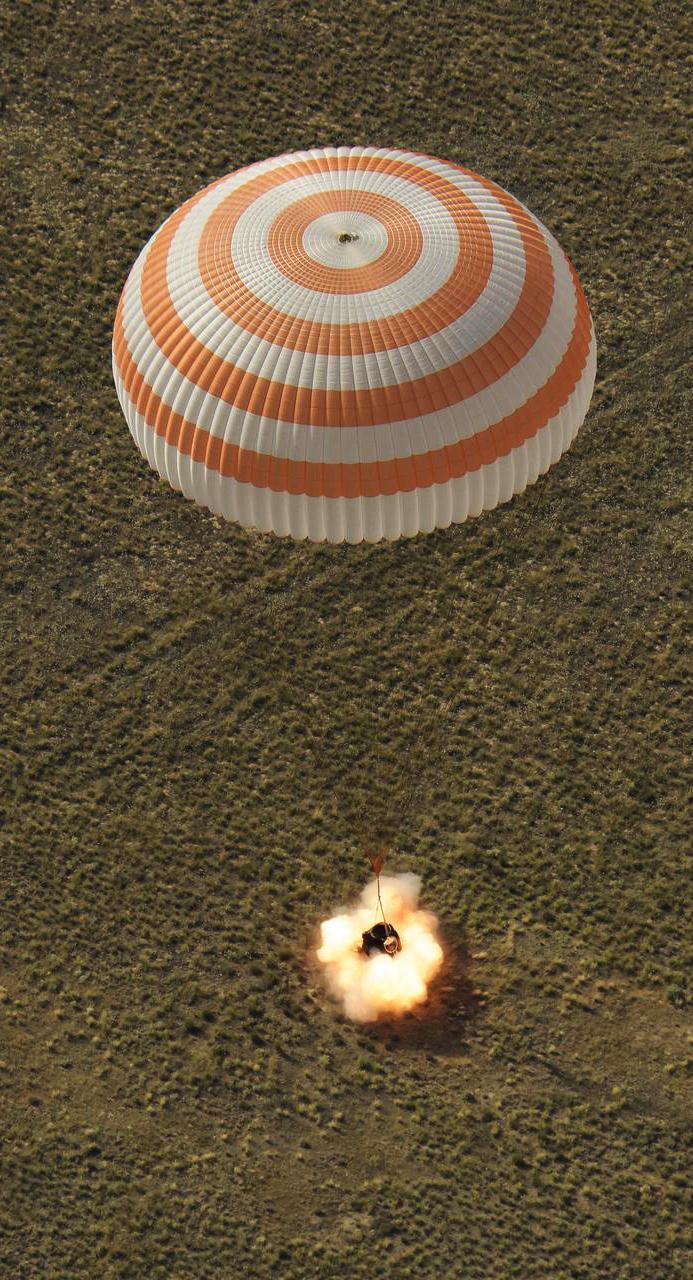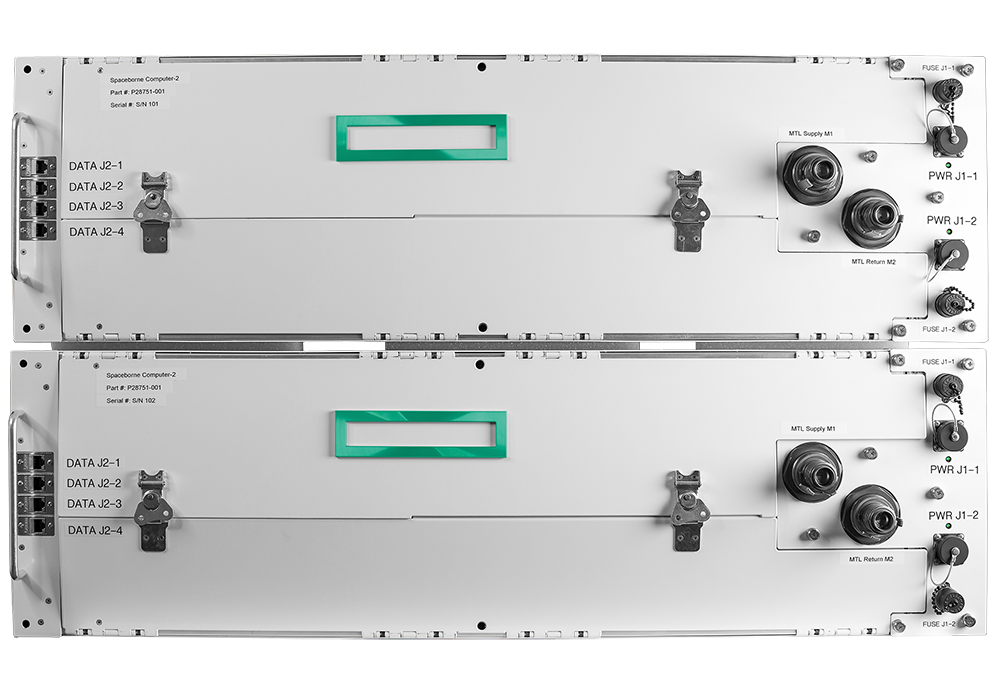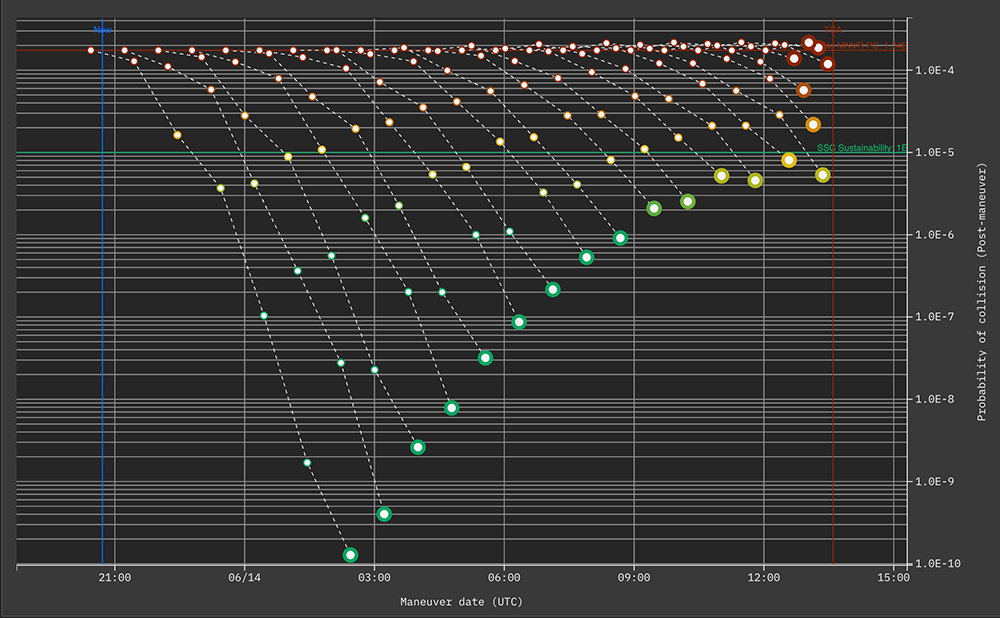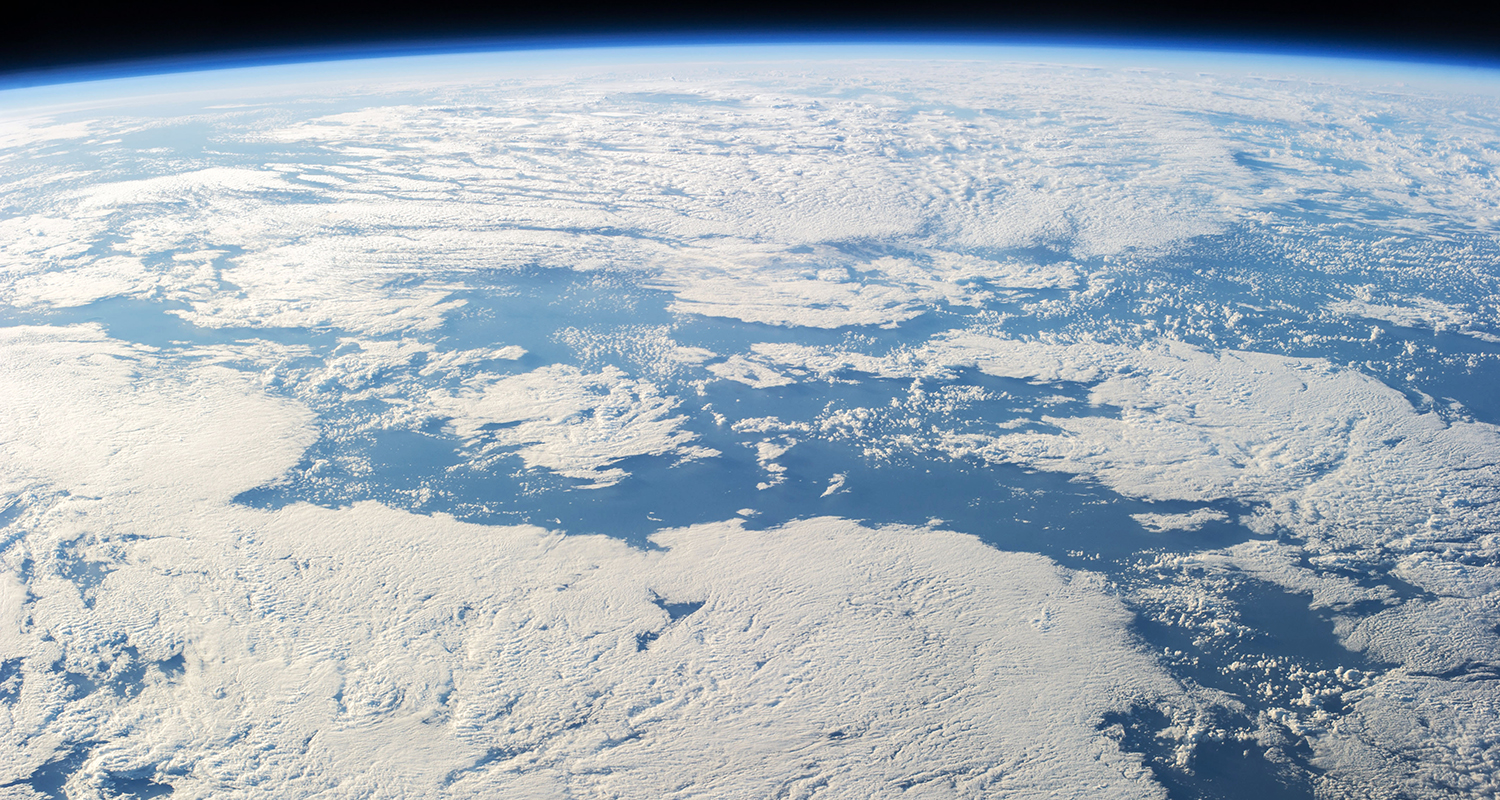
Intelligent Processing at the Edge
Subheadline
Faster space computing improves disaster response time
Earth observation enables enormous benefits for people on the ground. From weather forecasting to disaster monitoring, lives can be saved through timely processing of satellite data. However, that timeliness can be difficult to achieve.
“Satellites are just data collectors. They don’t know what they’re looking at. They just gather data, and then when they get over a ground station they downlink all of it,” said Brian Quinn, chief strategy officer of Dublin-based Ubotica Technologies Ltd., which has offices in Cleveland. “It takes post-processing, which could be days later, to say, ‘Hey, there was a fire. Hey, there was a harmful algal bloom.’”
Founded in 2017, Ubotica sought to eliminate that time gap. The company’s line of CogniSAT platforms are components for satellites that allow some processing to occur in orbit before data is sent to ground. Processing data at the point of capture is called edge computing, and it’s a growing industry not only in space, but in all fields where sensors are in remote or inaccessible environments. The CogniSAT system primarily acts as a companion processor to enable edge computing on an orbiting satellite. The processors are optimized for machine learning, running specialized algorithms called “models” to learn which data points are useful.
Ubotica partnered with NASA’s Jet Propulsion Laboratory in Southern California to send a CogniSAT platform to the International Space Station in 2022, integrated with the Hewlett Packard Enterprise Spaceborne Computer-2 (page 12). The mission was twofold, testing NASA models that could process data collected by Earth-facing cameras, and also testing how well the platform would work without Earth’s atmosphere to protect it from radiation. Ubotica protected its unit against radiation with a combination of hardware, such as circuits that resist surges in current, and software, such as a memory checker to detect data corruption caused by radiation.
“The models we worked on with Ubotica fell into two categories — segmentation and classification,” said Emily Dunkel, a data scientist at JPL involved with the collaboration. “I would send them a JPL model and they would adapt it to their processor, then we’d send it up to the computer aboard the International Space Station.”
The models run on the space station were simple but effective. Developed both by Ubotica and NASA, they primarily were tasked with sorting out images that would not be useful, such as images full of cloud cover. As the models learned, they could successfully sort out images with more complex cloud cover. In 2023, Ubotica’s platform returned to Earth alongside the Spaceborne Computer-2 and was examined to see how it fared after months in space.
“We got the hardware back, and it was still fully functional,” said Léonie Buckley, senior engineer at Ubotica. “This was the first time that we demonstrated our platforms’ robustness in space, and we did not observe any adverse radiation effects.”
The Spaceborne Computer-2 provided spaceflight validation for the Qualcomm Snapdragon 855 and Intel Myriad X, primary processors that are frequently used in commercial computers, enabling the deployment of CogniSAT platforms in satellites, and Quinn credits NASA with helping Ubotica prove its platform works in space. In the time since the NASA collaboration, Ubotica has sold its platform to operators of Earth-observation and communications constellations, as well as launched its own satellite to further test and showcase the hardware.
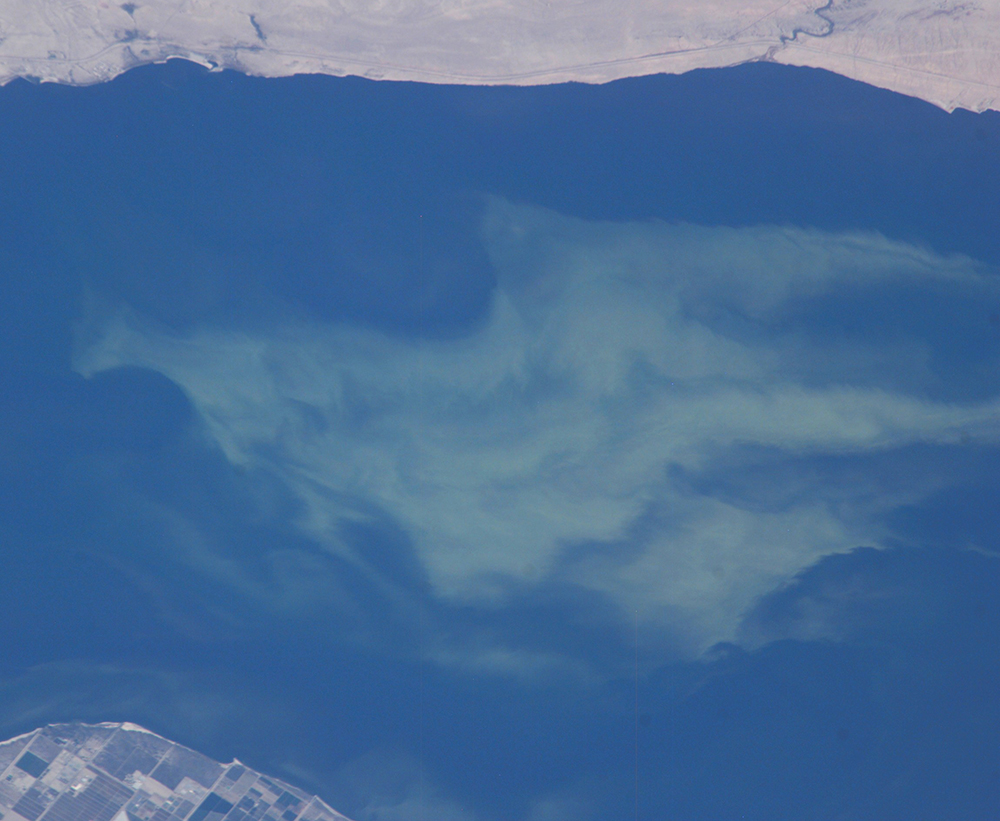
This image of California’s Salton Sea taken by astronauts aboard the space station shows an algal bloom, which could be harmful to wildlife in the area. Identifying and monitoring these from orbit requires clear imagery, which can be provided by machine learning models sorting through photos. Credit: NASA
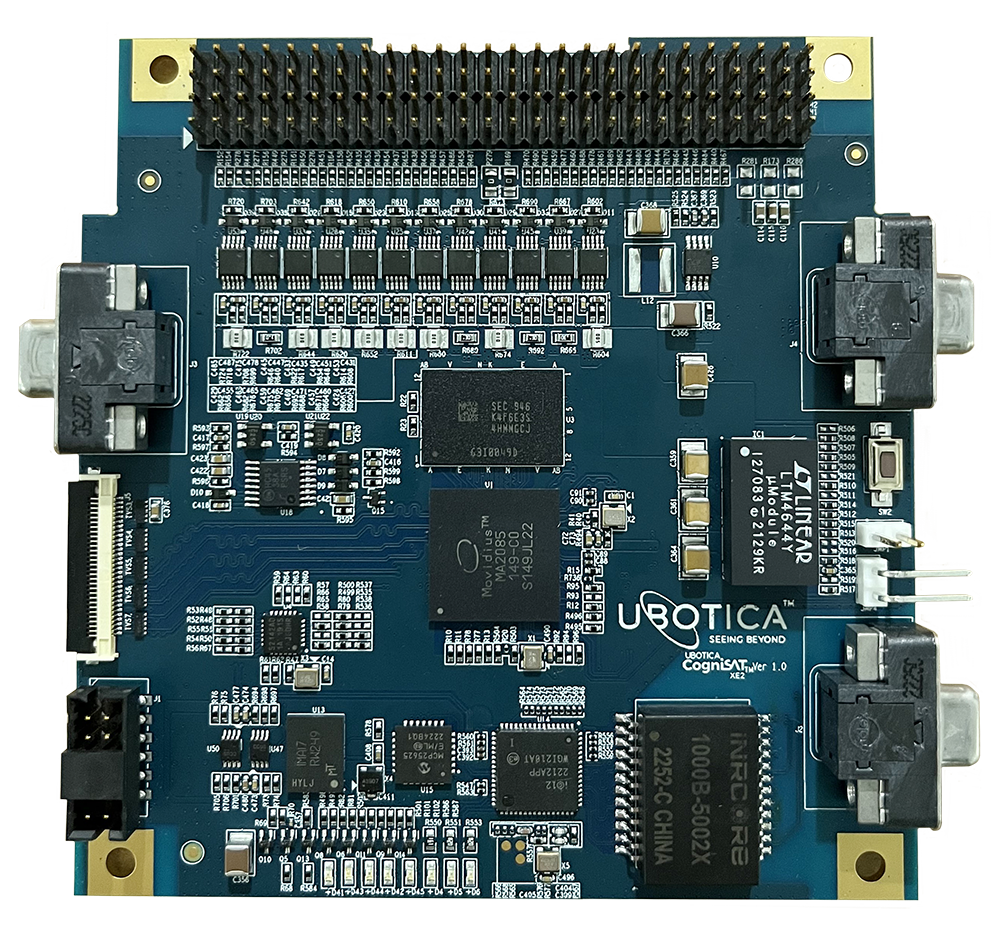
Ubotica’s system is designed to interface with common enterprise computer components like those found in the Hewlett Packard Enterprise Spaceborne Computer-2, enabling further development of these computers for space applications. Credit: Ubotica Technologies Ltd.

While imagery taken from orbit can be important to humans on the ground, cloud cover can obscure important surface features. Ubotica’s platform was tested on the International Space Station to sort out photos with excessive cloud cover. Credit: NASA

